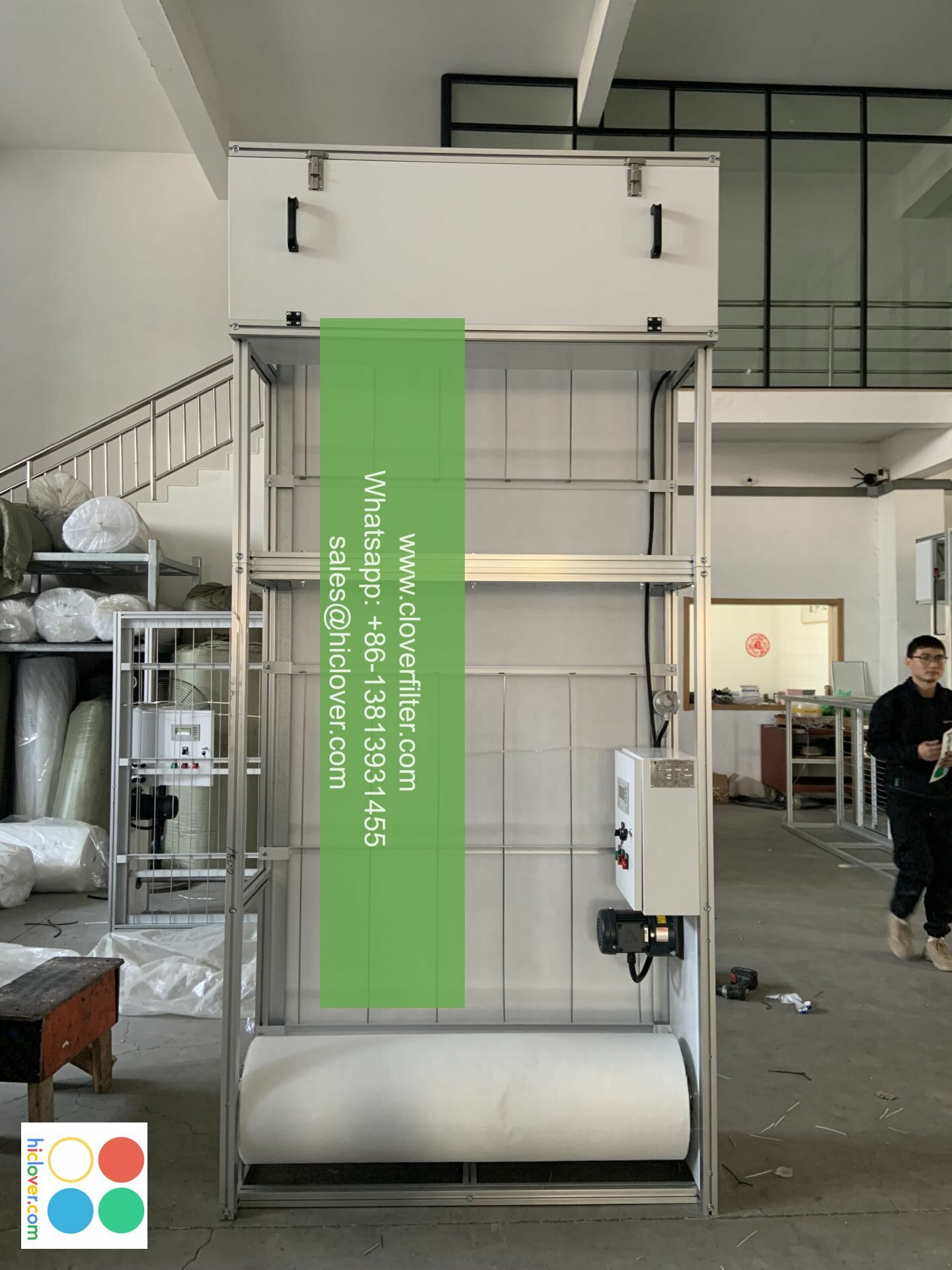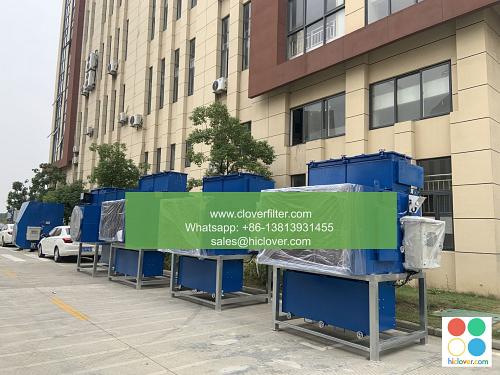Biological Air Contaminants in the Workplace: Prevention and Containment Strategies

Biological air contaminants, including bacteria, viruses, and fungi, can pose significant health risks to workers in various industries. These microorganisms can be spread through the air, contaminating surfaces, and infecting employees, leading to occupational diseases and decreased productivity. In this article, we will discuss the importance of preventing and containing biological air contaminants in the workplace, highlighting various application areas and strategies for mitigation.
Sources of Biological Air Contaminants
Biological air contaminants can originate from various sources, including:
* Human respiratory systems: Coughing, sneezing, and talking can release aerosolized pathogens into the air.
* Contaminated surfaces: Surfaces that are not properly cleaned and disinfected can harbor microorganisms, which can become airborne through aerosolization or mechanical ventilation.
* Water systems: Legionella bacteria can grow in water systems, such as cooling towers and plumbing systems, and be dispersed into the air through aerosolization.
* Outdoor air: Pollen, mold spores, and bacteria can enter the workplace through ventilation systems or open windows.
Prevention Strategies
To prevent the spread of biological air contaminants, employers can implement the following strategies:
* Improving ventilation: Increasing air exchange rates and using high-efficiency air filters can help remove contaminants from the air.
* Enhancing cleaning and disinfection protocols: Regularly cleaning and disinfecting surfaces, especially high-touch areas, can reduce the risk of contamination.
* Implementing respiratory protection programs: Providing respirators and training employees on their use can help prevent the inhalation of biological air contaminants.
* Conducting regular maintenance: Regularly inspecting and maintaining heating, ventilation, and air conditioning (HVAC) systems can help prevent the growth of microorganisms.
Containment Strategies
In the event of a biological air contaminant outbreak, employers can implement the following containment strategies:
* Isolating affected areas: Closing off areas where contaminants are present can help prevent the spread of microorganisms.
* Using personal protective equipment (PPE): Providing PPE, such as gloves and masks, can help prevent employees from coming into contact with contaminants.
* Increasing air cleaning: Using portable air cleaners or increasing air filtration rates can help remove contaminants from the air.
* Conducting thorough cleaning and disinfection: Thoroughly cleaning and disinfecting affected areas can help eliminate microorganisms.
Application Areas
Biological air contaminant prevention and containment strategies can be applied in various industries, including:
* Healthcare: Preventing the spread of hospital-acquired infections is critical in healthcare settings.
* Food processing: Preventing contamination of food products is essential in food processing facilities.
* Office buildings: Implementing prevention and containment strategies can help reduce the spread of illnesses in office settings.
* Industrial settings: Preventing the spread of occupational diseases is critical in industrial settings, such as manufacturing facilities and construction sites.
Conclusion
Biological air contaminants can pose significant health risks to workers in various industries. By implementing prevention and containment strategies, employers can help reduce the risk of occupational diseases and create a healthier work environment. It is essential to highlight the importance of regular maintenance, improving ventilation, and enhancing cleaning and disinfection protocols to prevent the spread of biological air contaminants. By applying these strategies in various application areas, employers can help protect their employees and reduce the risk of biological air contaminant outbreaks. It seems like you’re looking for something, but you haven’t specified what that is. Could you provide more details or clarify your request? I’m here to help with any questions or tasks you might have!

